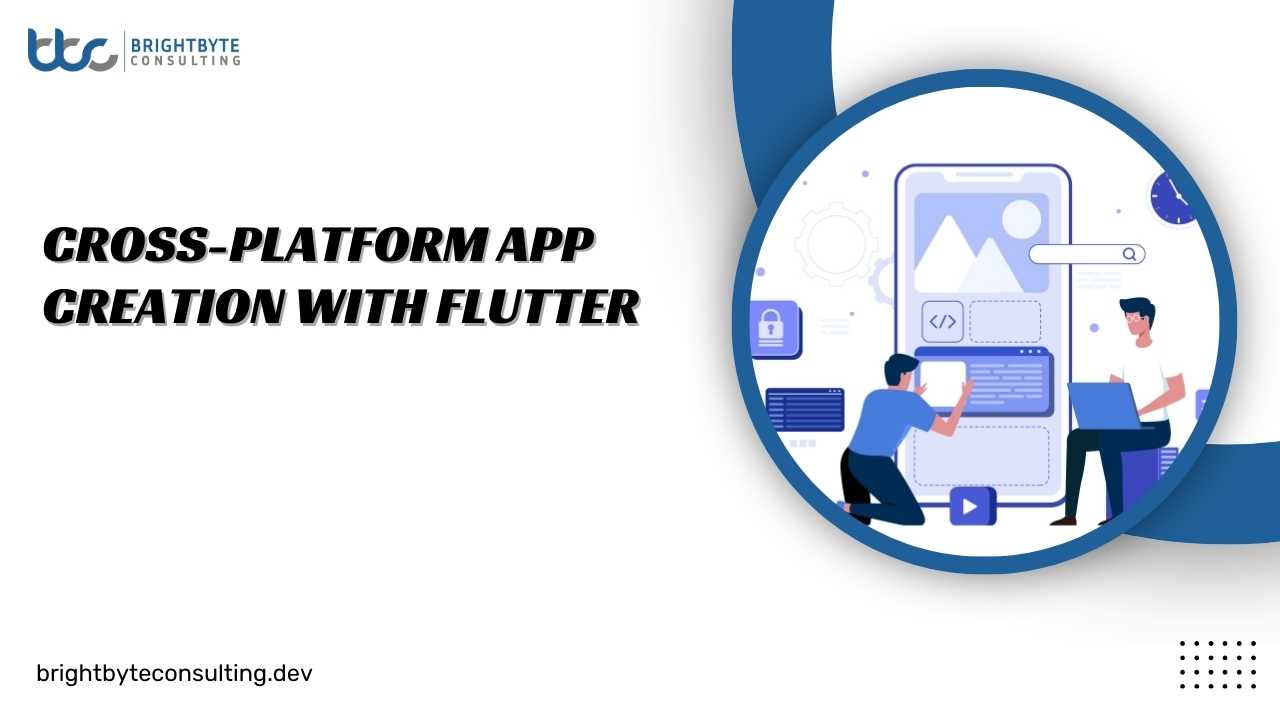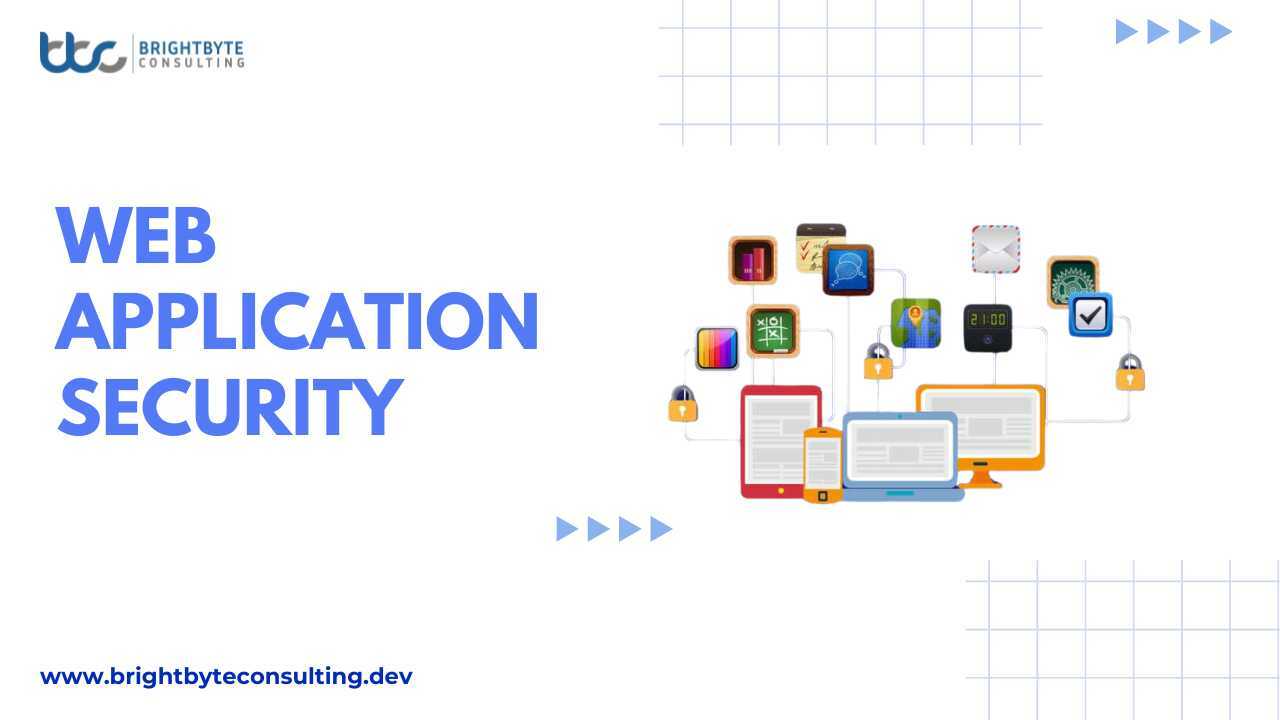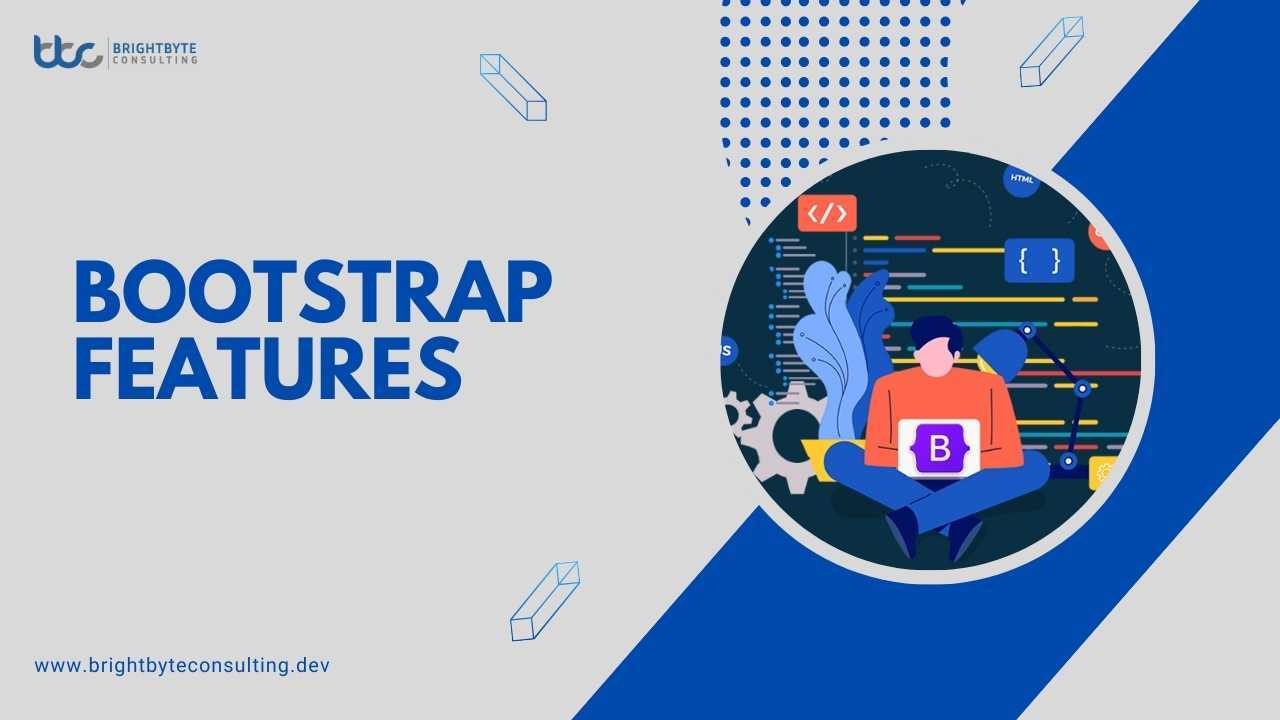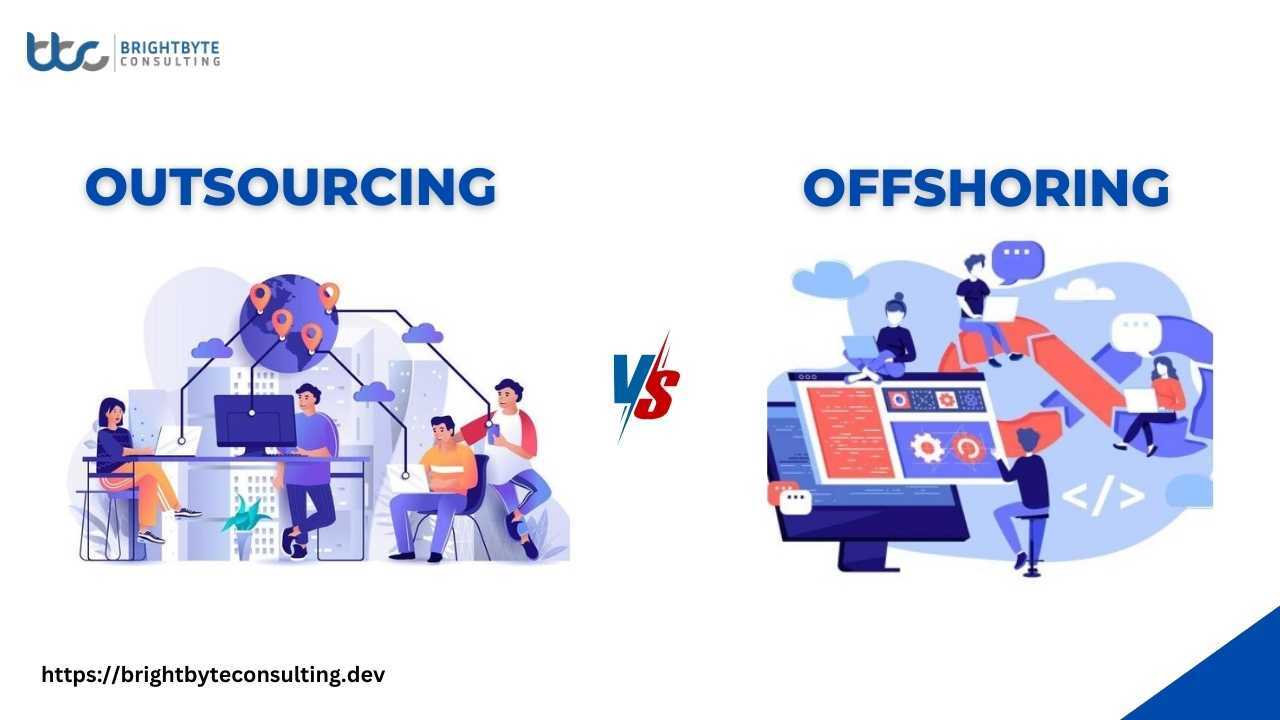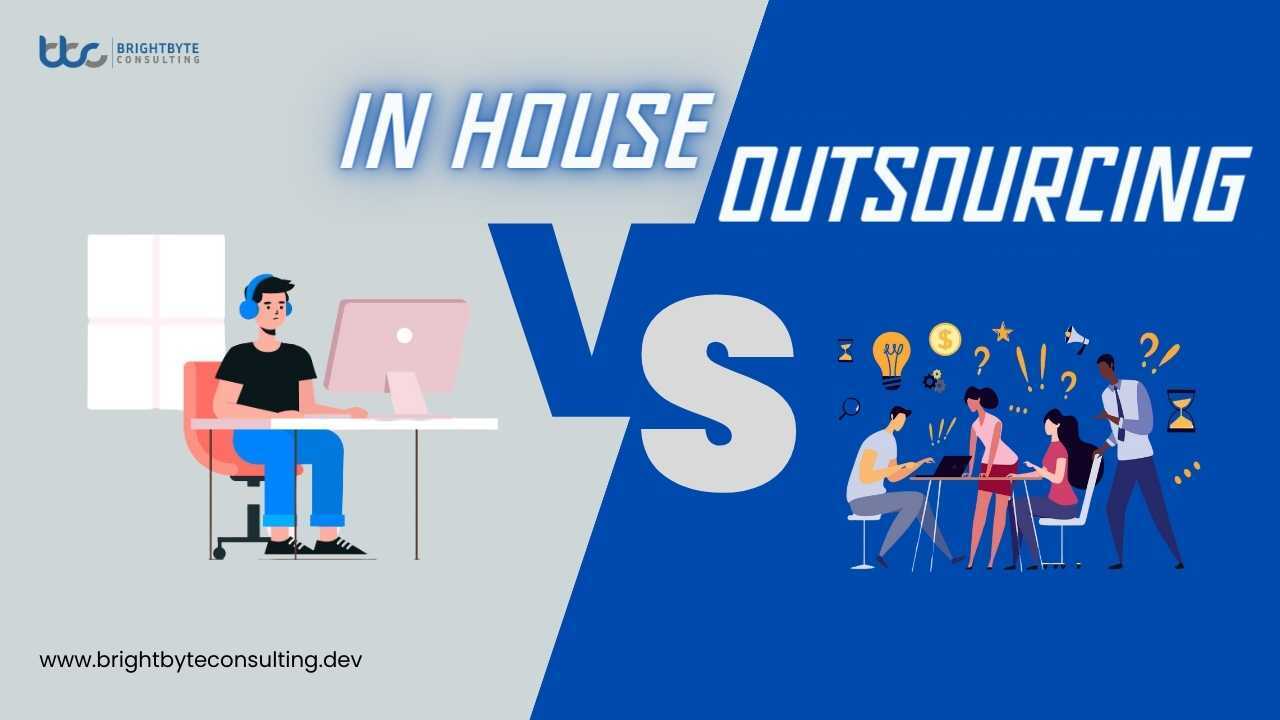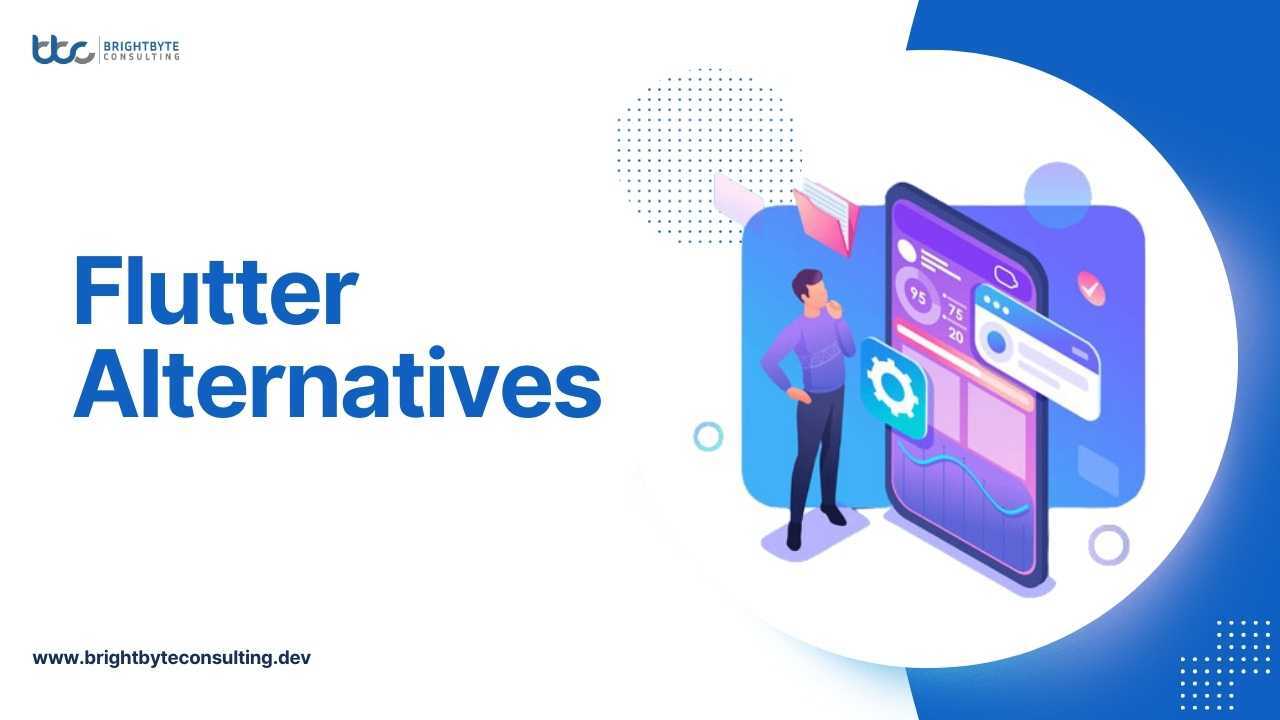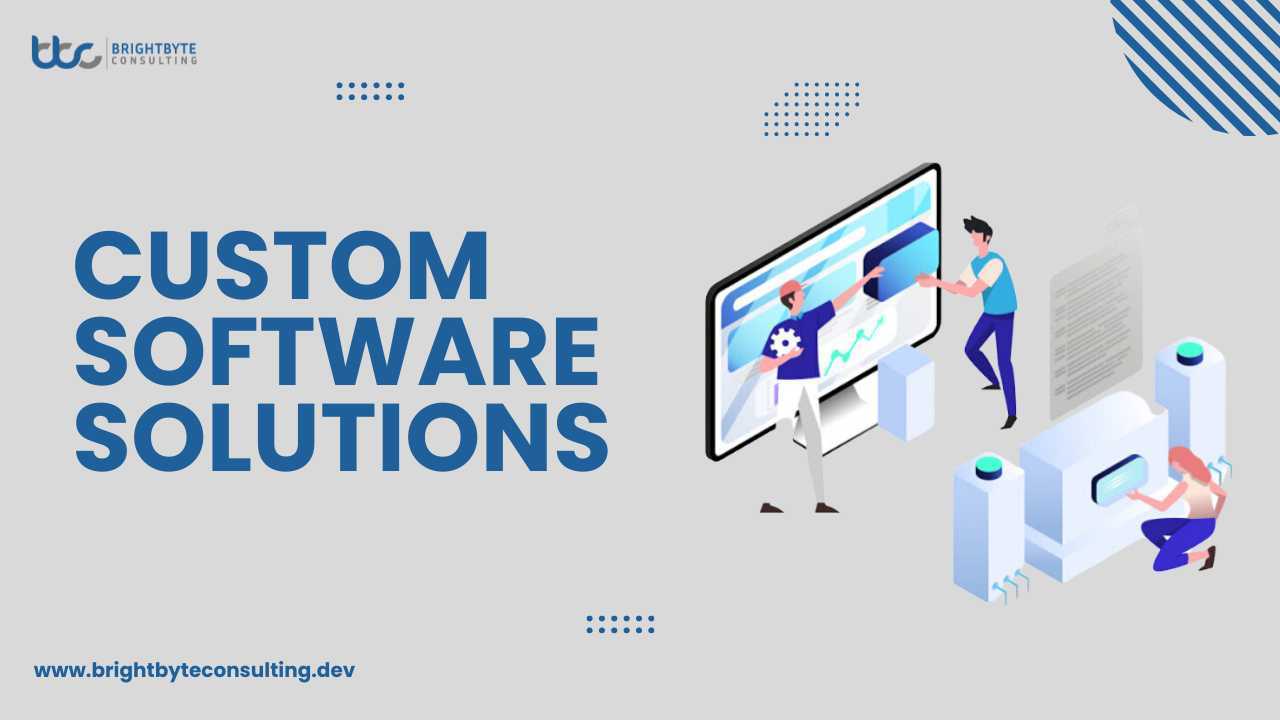Cross-platform apps are becoming popular in mobile app development because they can work on different types of phones. This helps startups save money and time. In this article, you’ll learn about cross-platform app development and how it can help startups.
Did you know that there are a lot of smartphone users in the United States? By 2020, it’s estimated that there were about 275.66 million smartphone users. And most of the time, about 80%, they spend on mobile apps.
Because of this, many businesses are making mobile apps to stay competitive. They want to have apps that work on both Android and Apple phones. This is where cross-platform apps come in.
Today, we’ll focus on cross-platform apps because they’re cheaper and faster to make compared to native apps.
What Are Cross Platform Apps?
Cross-platform mobile applications work on different types of phones, like iPhones and Androids. They’re made to run on more than one operating system, which means developers only need to write one set of code.
With cross-platform development, apps can be built faster and with higher quality because they work on multiple platforms. This means companies can reach more people since the app works on different types of phones.
For startups, cross-platform apps are great because they’re quick to develop, cost-effective, and help overcome common challenges in making mobile apps.
Native Vs Cross platform
| Aspect | Native App Development | Cross-Platform App Development |
| Development Time | Longer development time as separate code needs to be written for each platform. | Shorter development time as one codebase can be used for multiple platforms. |
| Cost | Higher cost due to the need for separate development for each platform. | Lower cost as development efforts are centralized with one codebase. |
| Performance | Typically offers better performance and smoother user experience due to platform-specific optimizations. | May experience slight performance degradation due to abstraction layers used for cross-platform compatibility. |
| User Experience | Can provide a more tailored and platform-specific user experience. | User experience may be slightly less platform-specific but can still be optimized for each platform. |
| Access to Platform Features | Full access to platform-specific features and APIs, allowing for maximum utilization of device capabilities. | Limited access to platform-specific features, although many cross-platform frameworks offer plugins or modules to access native functionalities. |
| Maintenance | Requires separate maintenance for each platform, including updates and bug fixes. | Centralized maintenance with updates and bug fixes applied to the single codebase, reflecting across multiple platforms. |
| Learning Curve | Requires knowledge of platform-specific languages and frameworks (e.g., Java/Kotlin for Android, Swift/Objective-C for iOS). | Can be easier to learn for developers familiar with web technologies (e.g., HTML, CSS, JavaScript) or using frameworks like React Native or Flutter. |
| Market Reach | Limited to specific platforms (e.g., iOS or Android) unless separate development efforts are undertaken. | Can target multiple platforms (e.g., iOS, Android, Windows) with a single codebase, expanding market reach. |
What is Flutter?
Flutter, developed by Google, is an open-source framework designed for creating seamless and scalable cross-platform applications. Its platform-independent codebase enables developers to craft visually appealing and high-performance apps that rival those built for Android and iOS.
In simple terms, Flutter serves as Google’s versatile UI toolkit, allowing developers to build stunning applications for any platform using just one codebase. Powered by the Dart language, Flutter enables individuals and organizations worldwide to swiftly and effectively launch their projects.
To streamline application development, Flutter provides a vast library of pre-built widgets and numerous plugins. Most of its system is written in Dart, a modern and concise object-oriented programming language. This makes it easy for experienced developers to comprehend, modify, and customize widgets according to their preferences.
Why Does Flutter Stand out?
Here are the key reasons why Flutter stands out as the top choice for app development in 2023 and beyond:
- Google’s Backing: With Google behind it, Flutter enjoys strong support and continuous improvement.
- Stunning Customization: Flutter enables amazing, customizable designs for apps.
- Unified Codebase: Developers can use a single codebase to target multiple platforms.
- Simplified MVP Development: Flutter streamlines the development of Minimum Viable Products (MVPs).
- Accelerated Development: It facilitates faster app development, reducing time-to-market.
- Streamlined Testing: Flutter requires minimal testing efforts, saving time and resources.
- Cost-Effective Efficiency: It offers cost-effective development solutions without compromising efficiency.
- Native Experience: Flutter delivers a native-like experience across platforms.
- Comprehensive Documentation: Transparent documentation makes it easy for developers to understand and use Flutter effectively.
- Thriving Community: The vast Flutter community constantly enhances its capabilities, ensuring ongoing innovation and support.
Why to Choose Flutter for Cross-Platform App Development?
Flutter has emerged as a top choice for developers looking to create robust cross-platform applications. Let’s explore why Flutter excels in cross-platform app development:
Single Codebase
Flutter embodies the principle of “Write Once, Run Anywhere,” allowing developers to write code once and deploy it across multiple platforms. This significantly reduces development time and resources, enabling businesses to streamline their processes and deliver consistent user experiences across different platforms.
High Performance
Flutter achieves high performance by compiling directly into native code using the Dart programming language. This eliminates performance bottlenecks and ensures faster startup times, smoother animations, and overall responsiveness. Additionally, Flutter’s architecture is optimized for performance, providing developers with the tools to create visually stunning and highly responsive applications.
Expressive and Flexible UI
Flutter offers a rich collection of customizable widgets that allow developers to create expressive and intricate user interfaces. Everything in Flutter is a widget, from simple elements like buttons to complex layout components. These widgets can be easily nested, combined, and customized to create UIs that are both visually appealing and intuitive for users.
Rapid Development with Hot Reload
Flutter’s “Hot Reload” feature enables developers to see the impact of their code changes in real-time, without the need for a complete restart of the application. This accelerates the development process, facilitates collaboration between developers and designers, and promotes rapid iteration and experimentation.
Comprehensive Development Environment
Flutter provides a comprehensive development environment with a wide range of tools and libraries that simplify the development process. It offers comprehensive APIs for testing, integration, and UI rendering, along with strong support for advanced material design through the Dart language.
Large and Active Community
Flutter boasts a large and active community of developers, providing valuable support, resources, and tutorials. This vibrant community ensures that developers have access to the assistance and guidance they need to overcome challenges and make the most of Flutter’s capabilities.
By understanding these key attributes of Flutter, it’s evident why it has become the preferred choice for cross-platform app development. Its versatility, high performance, and efficient development workflow make it an invaluable tool for creating impressive applications for any platform.
Conclusion
In conclusion, cross-platform app development, particularly with frameworks like Flutter, offers a compelling solution for startups and businesses aiming to reach a wider audience with their mobile applications. With Flutter’s single codebase, high performance, expressive UI, rapid development features like Hot Reload, comprehensive development environment, and strong community support, it has become a standout choice for developers worldwide. By leveraging Flutter’s capabilities, businesses can streamline their development processes, reduce costs, and deliver consistent and engaging user experiences across various platforms. As we move forward into 2023 and beyond, Flutter continues to demonstrate its value as a leading framework for cross-platform app development, empowering developers to create innovative and impactful mobile applications.
FAQs
What are cross-platform apps, and why are they popular?
Answer: Cross-platform apps are applications that can run on multiple types of devices, such as iPhones and Androids. They’re popular because they help businesses save time and money by allowing developers to write one codebase that works on different platforms.
Why should startups consider cross-platform app development?
Answer: Startups can benefit from cross-platform app development because it offers quicker development time, cost-effectiveness, and the ability to overcome common challenges in mobile app development. This allows startups to reach a broader audience with their apps.
What is Flutter, and why is it gaining popularity for cross-platform development?
Answer: Flutter is an open-source framework developed by Google for creating cross-platform applications. It’s gaining popularity due to its single codebase, high performance, expressive UI, rapid development features like Hot Reload, comprehensive development environment, and strong community support.
How does Flutter’s “Hot Reload” feature benefit developers?
Answer: Flutter’s “Hot Reload” feature allows developers to see the impact of their code changes in real-time without restarting the application. This accelerates the development process, promotes collaboration between developers and designers, and facilitates rapid iteration and experimentation.
Is Flutter suitable for all types of apps?
Answer: Flutter is suitable for a wide range of applications, including Minimum Viable Products (MVPs), consumer-facing apps, enterprise applications, and more. Its versatility, performance, and efficiency make it a valuable tool for developers across various industries.

